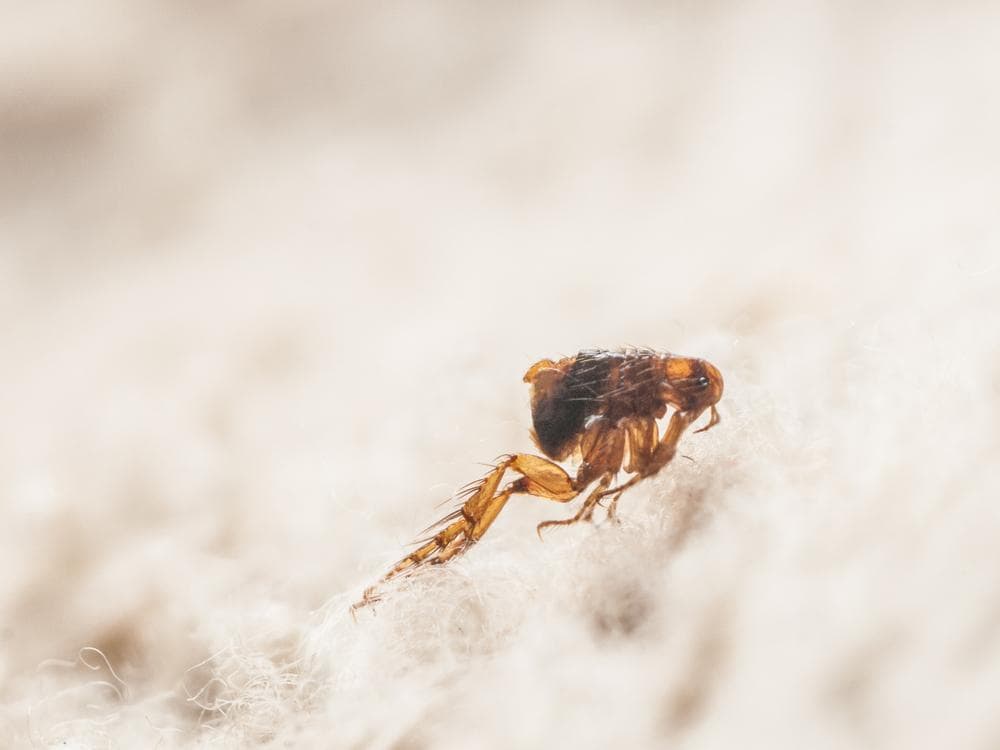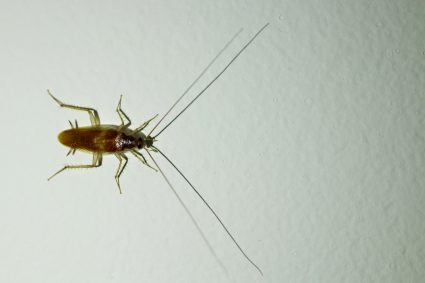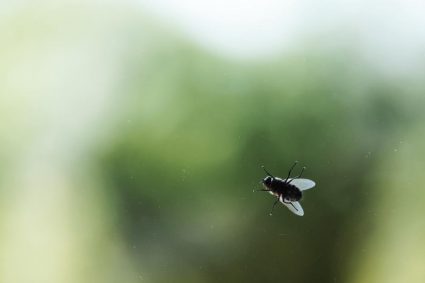
Flea bites are a common nuisance for both humans and their pets. They are usually caused by a type of flea known as the cat flea, which is abundant worldwide. These tiny, wingless insects are parasites that feed on the blood of their hosts. Their bites can cause a range of symptoms, varying from minor irritation to severe allergic reactions. In this guide, we delve into the world of flea bites, discussing their appearance, symptoms, potential complications, and treatments.
A single flea bite typically appears as a small, red bump on the skin, often surrounded by a discolored ring or halo. It is usually very itchy and can occur anywhere on the body, but most commonly around the ankles and lower legs. The appearance can vary depending on an individual’s reaction to the bite. If you suspect a flea bite and are concerned about its appearance or symptoms, consult a healthcare professional.
Identifying a Single Flea Bite
A single flea bite typically appears as a small, red bump on the skin. The bump may be surrounded by a discolored ring or halo, giving it a distinct appearance. Flea bites are usually very itchy and can cause discomfort. They tend to occur around the ankles and lower legs but can also be found in other areas such as the waist, armpits, creases of the elbows, and behind the knees. The redness of the bump may disappear when pressure is applied.
It is important to note that individual reactions to flea bites can vary. For some, a single flea bite may just be a minor annoyance, while for others, it could trigger an allergic reaction leading to more severe symptoms.
Flea Bite Symptoms
Common symptoms associated with flea bites include:
- Itchy and irritated skin
- Small, discolored bumps, often appearing in clusters of three or four or a straight line
- A discolored ring or halo around the bite
- Red, swollen weals that may develop into blisters or small wounds
- Targeted areas, such as legs, feet, waist, armpits, breasts, groin, and folds of the elbows and knees
In more severe cases, an allergic reaction to flea bites can cause:
- Hives, rash, or larger areas of redness
- Infection of a disease carried by a flea
- Fever, headache, body aches, rashes, nausea, abdominal pain, weight loss, dizziness, and weakness
Potential Complications and Risks
If left untreated, flea bites can potentially lead to complications and risks. The two primary complications are allergic reactions and secondary infections. Allergic reactions can include swelling, itching, skin irritation, pain around the bite, hives, and rashes.
Scratching the bite can cause secondary infections, which may lead to cellulitis, abscesses, or more severe symptoms if the flea carries a disease. In rare cases, flea bites can also cause severe illnesses like murine typhus and flea-borne diseases, which can damage organs such as the liver, kidneys, heart, lungs, and brain.
Immediate Steps to Take
Upon identifying a flea bite, you should:
- Wash the affected area with warm, soapy water.
- Apply a cold compress or ice pack to the bite.
- Resist the urge to scratch the bite.
- Apply an over-the-counter itch relief product.
- Consider taking an oral antihistamine if the itching is bothersome.
- Monitor the bite for signs of infection.
Conclusion
Flea bites, while common, can cause discomfort and potentially lead to serious complications if not treated properly. Understanding what a flea bite looks like and knowing how to respond can help you mitigate these risks. If you suspect a flea bite and are concerned about its appearance or symptoms, it’s best to consult a healthcare professional for advice and treatment options.
Frequently Asked Questions
How long does a flea bite last?
A flea bite typically lasts around 1-2 days if not scratched. However, the itchiness can persist for up to a week or longer if the bite is irritated or becomes infected.
Can I get a flea bite even if I don’t have pets?
Yes, you can still get flea bites even if you don’t have pets. Fleas can come from various sources, such as wildlife or infested items.
How can I prevent flea bites?
Prevention methods include regular pet treatments, keeping your home clean and clutter-free, and using flea repellents or insecticides if necessary.
How can I tell the difference between flea bites and bed bug bites?
Flea bites are often found around the ankles and lower legs, and they may have a red halo around them. Bed bug bites, on the other hand, usually occur on exposed skin like the face, neck, and arms, and they often appear in a line or zigzag pattern.
Do all fleas carry diseases?
Not all fleas carry diseases, but some can transmit bacteria or parasites that cause illnesses such as murine typhus or cat scratch disease. However, this is relatively rare.
What does a flea bite look like on a pet?
On pets, flea bites can cause red bumps, skin irritation, and hair loss due to excessive scratching or biting at the area. You might also notice “flea dirt,” which looks like small black or brown specks on your pet’s skin or fur.










